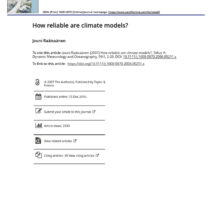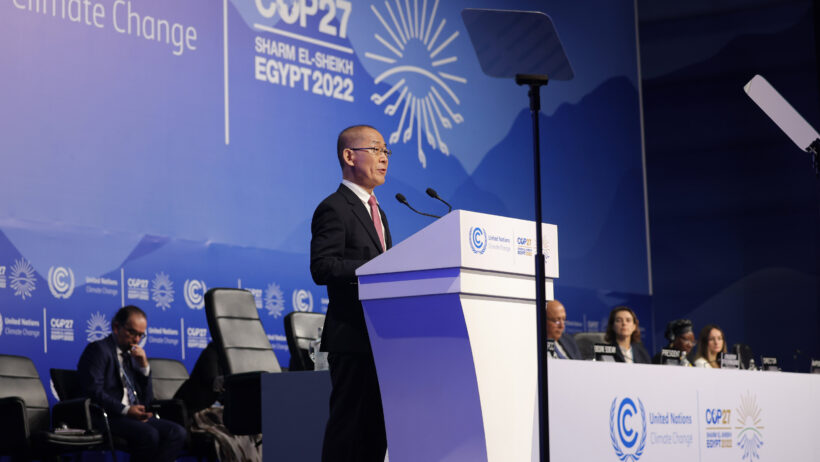The contemporary discourse on climate change often hinges upon the various anthropogenic factors contributing to global warming, with coal standing as one of the most significant. This fossil fuel, historically regarded as a cornerstone of industrial progress, now embodies the antithesis of environmental preservation. Understanding the multifaceted impact of coal on our planet is imperative for fostering informed discussions and prompting actionable change.
Coal is primarily composed of carbon, along with a mélange of other elements, including sulfur, hydrogen, oxygen, and nitrogen. When combusted, coal releases a vast amount of carbon dioxide (CO2), a greenhouse gas notorious for its heat-trapping capabilities in the Earth’s atmosphere. This primary function as a carbon emitter aligns with the growing body of evidence that underscores its role in exacerbating global warming.
In the latter half of the 20th century, the global reliance on coal surged dramatically. With the advent of the Industrial Revolution, countries across the globe harnessed coal to power their burgeoning economies. Its abundance, affordability, and relatively high energy yield made it a preferred choice for energy generation. However, as the 21st century progresses, it has become evident that this reliance carries dire consequences. Estimates indicate that coal combustion accounts for nearly 40% of global CO2 emissions from fossil fuels, making it a leading contributor to the greenhouse gas effect.
There are several types of coal, including anthracite, bituminous, sub-bituminous, and lignite, each distinguished by its carbon content and energy output. Anthracite, the hardest type, contains the highest percentage of carbon and, consequently, generates the most energy. Bituminous coal, commonly used in electricity generation, holds a considerable market share due to its moderate cost and accessibility. Sub-bituminous and lignite coal contain less carbon and provide lower energy output, with their use primarily relegated to specific geographic regions or lower-energy-demand scenarios.
Mining practices further exacerbate the environmental ramifications of coal. Traditional surface mining disrupts extensive areas of land, leading to deforestation, habitat destruction, and soil erosion. The resultant alteration of landscapes not only diminishes earth’s biodiversity but also affects local ecosystems and the communities dependent on them. Furthermore, underground mining poses risks of groundwater contamination through the leaching of heavy metals and toxic elements, perpetuating a cycle of ecological harm.
The transportation of coal compounds these issues. From railroads to trucks and barges, moving this commodity across vast distances incurs fossil fuel consumption, leading to additional emissions. The ancillary effects of coal transport, including noise pollution, landscape alteration, and air quality degradation, are significant and often overlooked. These factors contribute to local environmental crises, further complicating the narrative surrounding coal’s role in global warming.
Moreover, coal-fired power plants release a plethora of pollutants besides carbon dioxide. Sulfur dioxide (SO2), nitrogen oxides (NOx), and particulate matter (PM) are common byproducts that significantly affect air quality. These pollutants can lead to respiratory illnesses among populations living near coal plants, prompting public health crises that are exacerbated by coal’s environmental toll. Consequently, the lingering question arises: at what point does fuel choice compromise human health and environmental integrity?
Despite the irrepressible evidence mounting against coal, numerous nations remain heavily invested in its utilization. The political and economic ramifications of transitioning away from coal are deeply entrenched. Economies that rely on coal mining for job creation face formidable challenges in shifting toward renewable energy sources. While countries such as Germany and Denmark have made commendable strides in wind and solar power, significant hurdles remain in regions that depend on coal as a primary energy source. Transitioning to renewables causes disruption and requires robust planning to ensure that the economic implications do not hinder progress.
In recent years, there has been an exacerbated urgency to shift toward cleaner energy alternatives. The emergence of renewable energy technologies, including solar, wind, hydroelectric, and geothermal energy, presents hope in mitigating the adverse effects of coal. Renewables generate energy without emitting CO2, presenting a stark juxtaposition to coal combustion. Additionally, advances in energy storage technologies are helping to address the intermittency issues traditionally associated with renewable energy production, making it progressively viable to replace coal-generated electricity.
International agreements, such as the Paris Agreement, underscore the global commitment to limiting temperature rise by curbing greenhouse gas emissions. These frameworks encourage nations to adopt greener energy policies and phase out fossil fuel reliance, particularly coal. Collaborative efforts on a global scale are indispensable, as coal’s impact on climate change does not respect national borders. A cooperative commitment facilitates knowledge sharing, technology transfer, and investment in cleaner energy infrastructures.
In summary, the ramifications of coal on global warming are expansive and profound. From its role as a substantial carbon emitter to the deleterious consequences of mining and pollution, coal’s detrimental impact stretches far beyond environmental concerns; it poses direct threats to public health and local economies. The ongoing transition to renewable energy sources represents not only a feasible alternative but a necessary evolution to secure a sustainable future. As understanding deepens regarding coal’s contributions to global warming, it becomes increasingly essential to pursue comprehensive and cooperative solutions that prioritize the health of our planet and its inhabitants.






